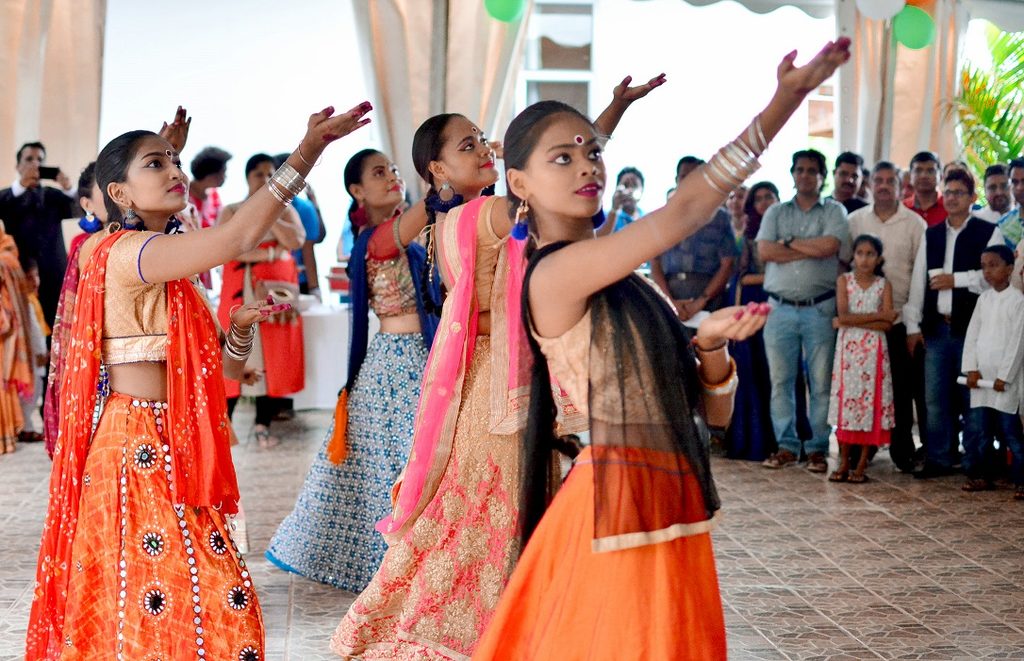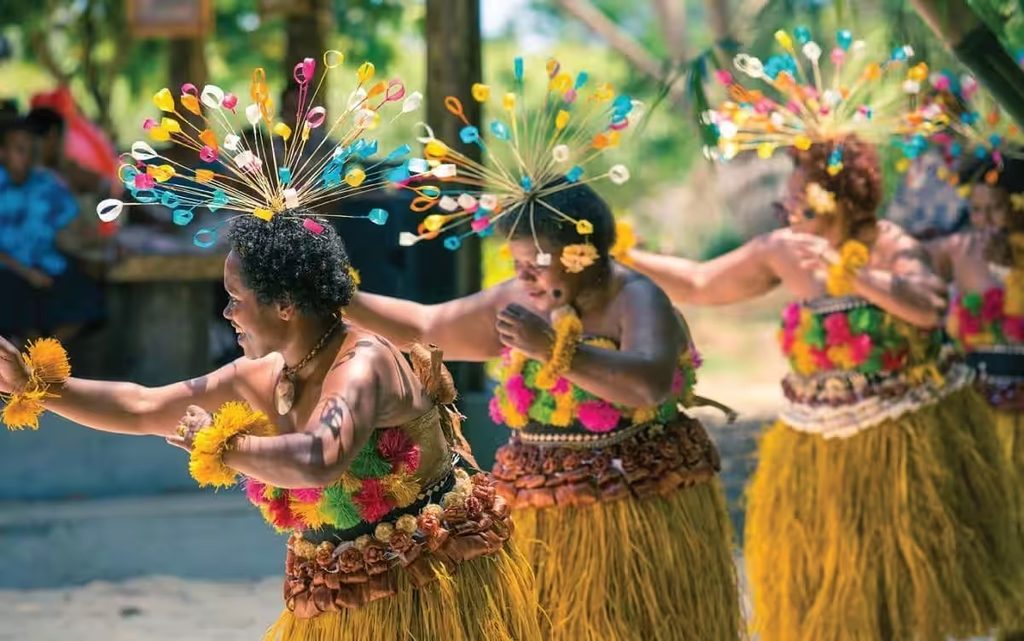When I walked away from the GSTC 2025 Conference last week, I didn’t just leave with a notebook full of presentations and polite talking points.
I left with keen reflections — some energising, some sobering, but all that goes beyond the conference program.
These are realities that shape whether tourism systems truly work for destinations like ours, or whether they simply look good on paper.
What struck me most was how often discussions came back to people and place.
We can talk for hours about technology, carbon emissions and data, but if we lose sight of the human and cultural heartbeat of a destination, everything else becomes hollow. For Fiji, that heartbeat is our culture, in all its diversity and depth.
The conversations in Denarau brought home some important truths I’ll carry forward. One is the need for measurement to reflect local realities.
A sustainability framework might appear sound when viewed from a distance, yet still overlooks the issues that matter most to the communities that live with its consequences.
If our indicators don’t account for the real costs, benefits, and trade-offs experienced on the ground, we risk making decisions that look good on paper but miss the mark in practice. This becomes even more complex when donor priorities enter the picture.
The reality is structural rather than personal: aligning with funding criteria can open doors to resources, but it can also nudge us away from what matters most to our people. Stay too rooted in local needs and you may hold your integrity yet lose out on the very support that could help you deliver and even preserve our fragile cultures in a throw-away world.
Culture emerged as far more than a performance or an asset; it is a governance issue as well. The authority to decide how it is shared, who benefits and how its integrity is safeguarded cannot be left to chance.
Without strong governance, tourism can slip into the habit of extracting culture instead of sustaining it and authenticating it.
And while strong relationships across the sector are invaluable, they alone cannot guarantee impact.
The structure of partnerships, the way funding flows, the timelines we agree to and the control we maintain will ultimately decide whether they create lasting value or fade away once the project ends.
These aren’t just abstract considerations; they are the daily realities of tourism in the Pacific, and when it comes to cultural tourism, they matter even more.
One of the most thought-provoking sessions I attended was on leveraging local culture for tourism.
A facilitator from the Cook Islands shared her country’s journey, and the comparisons to Fiji were both enlightening and cautionary. With over 75 percent of their GDP reliant on tourism compared to Fiji’s 40 percent, the Cook Islands are far more exposed to tourism shocks.
The pandemic laid bare the risks of such dependence. Add to that environmental pressures, lagoon health, waste management, overstretched infrastructure, and the strain becomes clear.
Their visitor-to-resident ratio is an eye-watering ten to one. In some areas, the population density of tourists can be more than 2,500 per square kilometre. Fiji, by contrast, has a ratio closer to one to one, with tourism density around 85 per square kilometre on Viti Levu.
But while we might think our larger scale protects us, the Cook Islands experience shows that cultural authenticity is under just as much threat in smaller or larger nations if not carefully protected.
Her presentation made one point that stayed with me: when culture becomes too closely tied to tourist demand, it starts to change. Sometimes it evolves naturally, as all living cultures do. But sometimes it gets reshaped to fit time slots, tour itineraries or preconceived visitor expectations.
What begins as a tradition with deep meaning can become a staged performance, polished and marketable, but stripped of its soul.
We have seen this happen elsewhere. –
Hawaii’s hula remains captivating, but in many tourist centres, it has been re-packaged into a predictable entertainment format.
The cultural heart of it, the storytelling, history and sacred elements, can be lost under the bright lights.
That is not a path Fiji should follow.
The Fiji Hotel and Tourism Association believes culture must remain a living, evolving part of our communities, not a museum exhibit or a choreographed novelty for visitors. When done well, cultural tourism is one of our greatest strengths.
Visitors are drawn to the warmth of our people, the artistry and storytelling of our dances, the skill of our craftspeople, the ceremony of a kava session and the drama of firewalking.
These experiences, when authentic, are more than entertainment. They are windows into the values, stories and ways of life that shape our islands. The key is authenticity without over-commercialisation. We need to strengthen partnerships between operators and the communities that own these traditions, ensuring that the people who safeguard them have the authority, consent, and benefit flows they deserve.
We need to invest in cultural training for our tourism workforce so they can share not just what we do, but why we do it. We also need to structure these exchanges in ways that make them mutually enriching.
Tourism Fiji’s Loloma Hour is a wonderful example, an initiative that invites visitors into the heart of our culture with genuine care and respect for the people, making it possible.
This is not culture for show; it is culture shared in the way we want to share it, on our terms.
These experiences are what give Fiji its edge. Other destinations can offer beaches, sunshine and luxury.
What they cannot replicate is the feeling of being welcomed into a village, of hearing a chant in the language of the land, of sitting cross-legged and drinking yaqona while stories are passed down.
That is not something you can script without losing its essence.
This is why cultural governance matters. Without it, the market will shape the experience to suit visitor demand, often unintentionally eroding the very qualities that make it special.
With governance, communities can set boundaries, decide what can and cannot be shared and ensure benefits are fairly distributed. It is about control, respect and long-term sustainability.
Our challenge is to balance accessibility with integrity. Visitors are time poor, but we want them to experience as much as possible.
And if we rush a ritual that traditionally takes hours into a ten-minute hotel lawn performance, we have to ask ourselves: what are they really sharing? A snapshot, perhaps, but not the depth, the mystery or the message.
Culture is not static, nor should it be. New songs are written, dances evolve and languages adapt.
But the evolution should come from within, shaped by the community, not dictated by market pressures.
The GSTC conference reinforced that sustainability is more than protecting our reefs or building climate-resilient infrastructure.
It is about sustaining the social and cultural fabric of our islands.
The global standards set by GSTC provide an important framework, but as I learned from the Cook Islands’ experience, and from our own realities in Fiji, the real change happens when those standards are interpreted and applied through a local lens. More importantly (and something we will continue to push strongly for), anything we apply as a “global standard” must be contextualised to Fiji’s unique socio-economic, environmental and cultural realities.
While international benchmarks provide valuable frameworks for sustainable development, they must be adapted to reflect our island geography, climate vulnerabilities, community structures and resource constraints.
This means ensuring that global sustainability metrics are not applied in a one-size-fits-all manner, but instead are translated into locally relevant policies, practices and capacity-building efforts.
Whether it’s in tourism, infrastructure, education, or climate resilience, Fiji’s voice must shape how these standards are interpreted and implemented — so they uplift our people, protect our natural assets and authenticity, and support inclusive, long-term growth.
And that is perhaps my biggest takeaway from this past week: in tourism, authenticity is not a marketing tool; it is a governance choice.
It is the decision to put community authority at the heart of how culture is shared.
It is the commitment to partnerships that last beyond a funding cycle.
It is the discipline to measure success in ways that matter to the people who live here, not just to those who visit.
If we can do this, we will keep our culture alive, not as a product, but as the living heart of our communities.
We will give visitors something far more valuable than a staged show; we will give them a real connection, one that stays with them long after they leave.
And we will ensure that our children and grandchildren inherit not just the stories of who we were, but the lived experience of who we still are.
Done right, cultural tourism will continue to be both our competitive advantage and our shared pride.
And in a world where destinations are increasingly competing for the same travellers, that is something worth protecting with everything we have, because it recognises that our point of difference is and will always be — our people.
The FHTA believes culture must remain a living, evolving part of our communities, the writer opines. Picture: FILE



